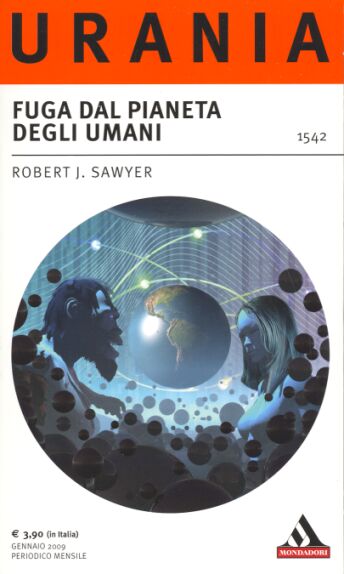

In the conclusion of the Neanderthal Parallax trilogy (_Hominids_, 2002, and Humans precede it), scientists and lovers Mary Vaughan, who is human, and Ponter Boddit, who is Neanderthal, embark on the harrowing adventure of conceiving a child together.

Heinlein's Stranger in a Strange Land questioned our tired, timid conventions.Ĭopyright 2003 Reed Business Information, Inc. If, for example, only Earth-humans have brains capable of religious belief, should Ponter and Mary genetically design their child with that ability or not? It all amounts to some of the most outrageous, stimulating speculation since Robert A. Still, his picture of the unspoiled Neanderthal world is charming, and he raises some provocative questions.

Others coldly calculate how to seize new territory for "humanity." Sawyer's characters are less interesting for who they are than for what they are-or what they represent. If people have trouble getting along because of such distinctions as sex and race, how will they be able to co-exist with members of another species? Some individuals see anyone different as a rival, a threat that must be destroyed. Now, though, it's time to consider the implications of such a continuing connection.

The couple joined with people of good will from both worlds to keep the link open. In the earlier books (Hominids and Humans), physicist Ponter Boddit got translated from the Neanderthal world to ours, where he fell in love with geneticist Mary Vaughn. Canadian writer Sawyer brings his Neanderthal Parallax trilogy to a close, leaving some loose ends that beg for a follow-up further exploring the interaction of two parallel worlds: the overcrowded and polluted one we're used to and another inhabited by highly intelligent and civilized Neanderthals.


 0 kommentar(er)
0 kommentar(er)
